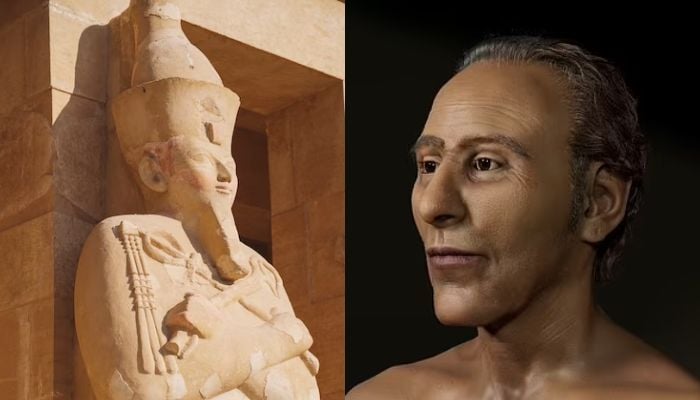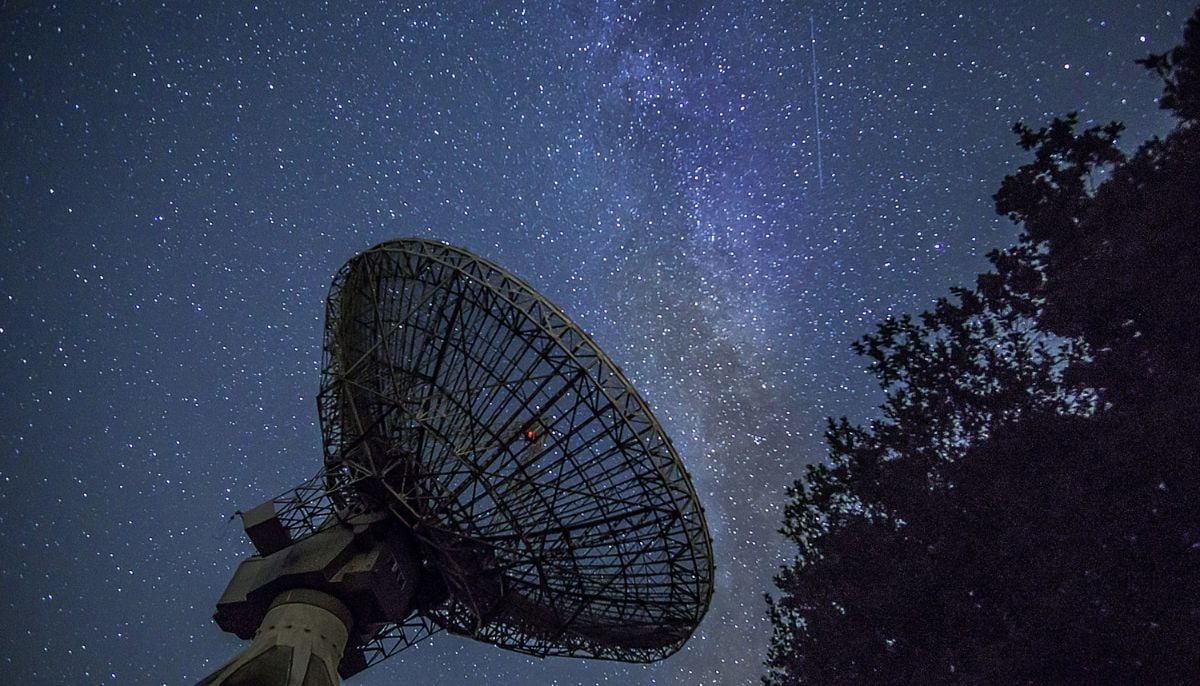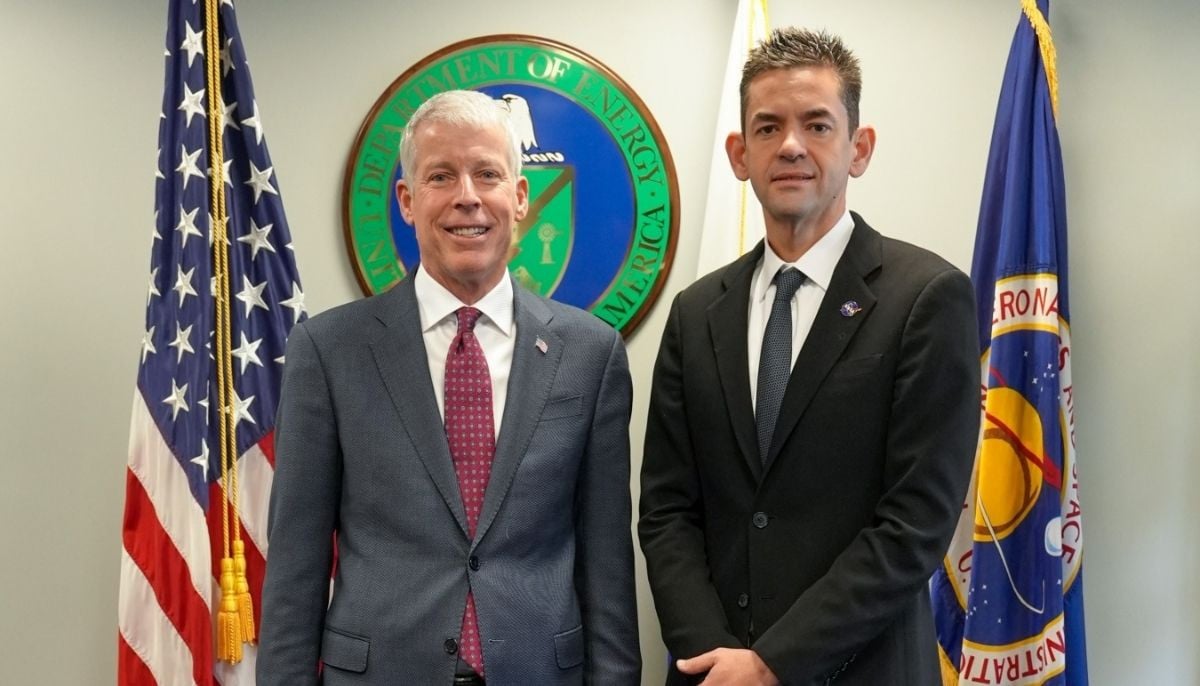Scientists reconstruct 'handsome' face of pharaoh after 3,200 years
King's likeness at time of his death was recreated by scientists from Egypt and England using 3D replica of his skull
For the first time in 3,200 years, Ramesses II, the most powerful pharaoh in ancient Egypt, can be recognised by his "handsome" visage, owing to a new scientific reconstruction.
The king's likeness at the time of his death was recreated by scientists from Egypt and England using a 3D replica of the king's skull.
Then, they stopped the ageing process and almost turned back time to reveal his face at the height of his prowess.
The monarch that was shown, according to Sahar Saleem of Cairo University, who made the 3D model of the skull, was described as being "extremely attractive."
"My imagination of the face of Ramesses II was influenced by his mummy's face. However, the facial reconstruction helped to put a living face on the mummy," Daily Mail quoted her saying.
"I find the reconstructed face is a very handsome Egyptian person with facial features characteristic of Ramesses II – the pronounced nose, and strong jaw," she added.
Caroline Wilkinson, director of the Face Lab at Liverpool John Moores University, who rebuilt the pharaoh's visage, described the scientific process.
She said: "We take the computer tomography (CT) model of the skull, which gives us the 3D shape of the skull that we can take into our computer system."
Then, she added, they imported pre-modelled facial anatomy from a database and modified it to fit the skull. Thus, the face was essentially constructed starting from the surface of the skull and moving through the muscular structure, fat layers, and skin layer.
We all have about the same muscles from the same origins with the same attachments, Wilkinson explained.
Each of us has a slightly distinct skull form and proportion, which results in slightly varied shapes and proportions for the muscles, which in turn directly affects how the face looks.
After Christian Corbet, a royal sculptor, accomplished a scientific reconstruction of Tutankhamun's visage, Sahar recently oversaw the second effort of its kind.
According to the professor, the procedure brings back the mummies. She said that giving the king's mummy a face will humanise him, forge a connection, and revive his legacy.
The first pact in history was started by King Ramesses II, an outstanding warrior who governed Egypt for 66 years.
'Putting a face on the mummy of Ramesses II in his old age, and a younger version, reminds the world of his legendary status."
But restoring a long-dead pharaoh's face is not without difficulties. For instance, the skull cannot convey all facets of a person's appearance.
The challenging part is what comes after the shape; that is, all of the information about skin tone, blemishes, wrinkles, hair colour, and eye colour.
The procedure has also been tested on live individuals, enabling a comparison of a reconstruction made using CT scan data with the actual object.
According to Wilkinson, approximately 70% of the surface of a facial reconstruction has a form inaccuracy of less than 2mm.
"So we're fairly certain that we can anticipate shape from skeleton detail; we're pretty good at it."
"This is the only scientific facial reconstruction of Ramesses II based on the CT scan of his actual mummy," Saleem continued.
Previous attempts were largely non-scientific and creative. The restoration made its television debut on the France 3 channel in the French documentary "L'Egypte, une obsession française".
-
Blood Moon: When and where to watch in 2026
-
Elon Musk’s Starlink rival Eutelsat partners with MaiaSpace for satellite launches
-
Blue Moon 2026: Everything you need to know
-
Scientists unravel mystery of James Webb’s ‘little red dots’ in deep space
-
ISS crew of four completes medical evacuation with safe splashdown off California
-
Annular solar eclipse 2026: Here's everything to know about the ‘ring of fire’
-
World’s first ice archive created to preserve fast-melting glaciers’ secrets
-
NASA, DOE to develop Nuclear Reactor on the Moon by 2030












